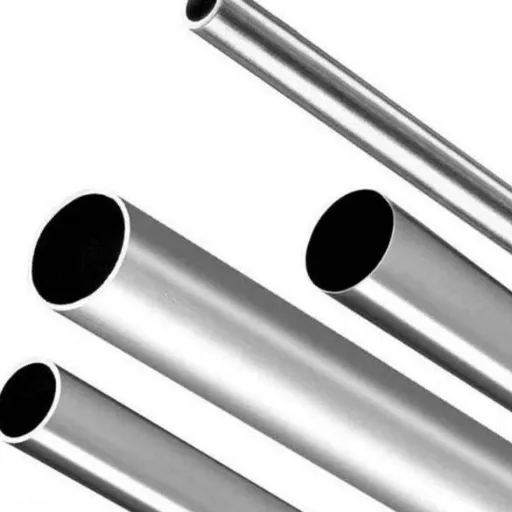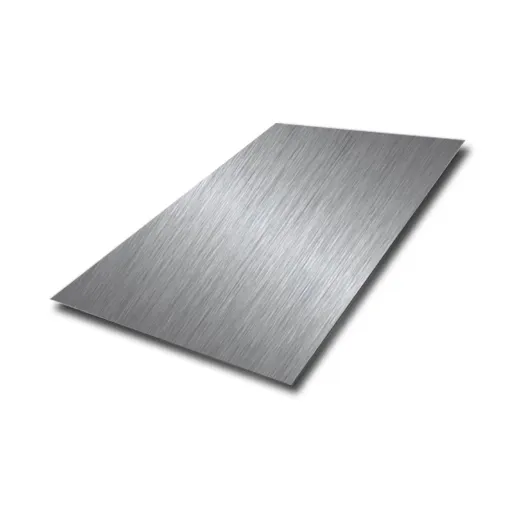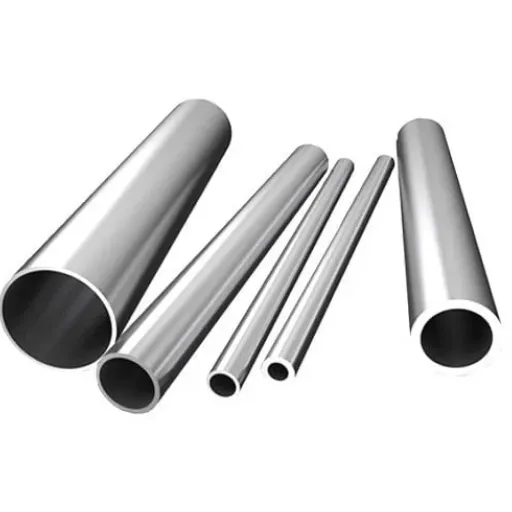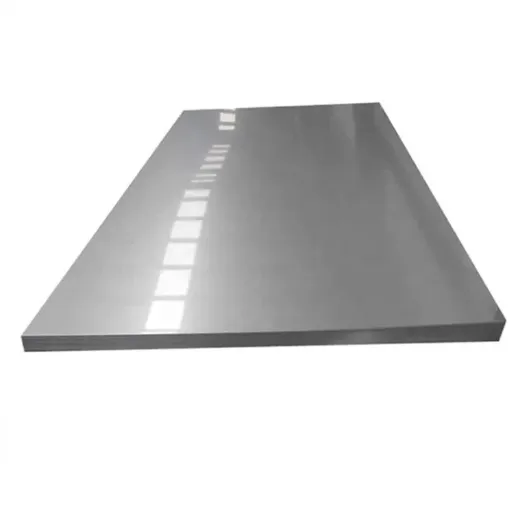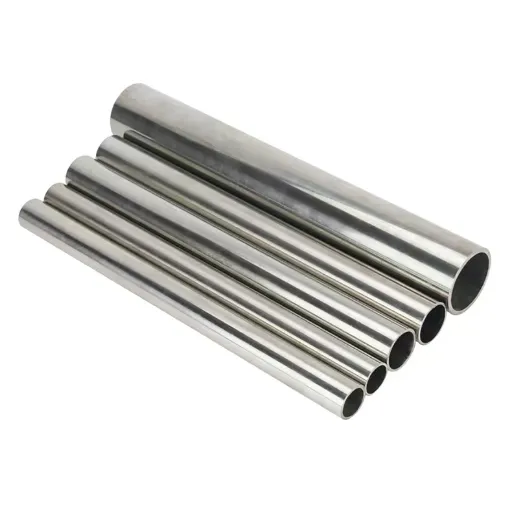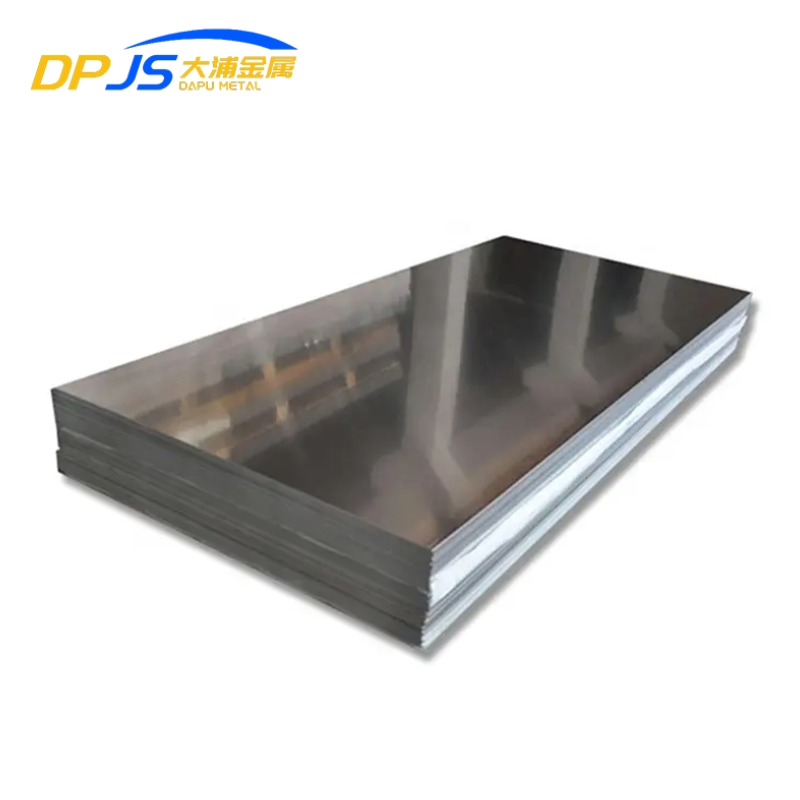Stainless steel is an enormously crucial material for every design, deserving of recognition for its higher hardness, corrosion resistance, and possibilities for range of applications. Without a doubt, stainless steel is manufactured in a great number of different varieties, and some of those are different by order of austenitic and martensitic types of stainless steels in terms of composition, properties, and serviceability. This necessitates an understanding between these two types and which would be preferentially appropriate for a particular engineering, construction, or manufacturing application. In yet another way, this article explores the basic characterizations attributed to austenitic vs. martensitic stainless steel types in terms of composition, mechanical properties, and applications. Whether you are a materials engineer, a manufacturer, or just someone intrigued by the science of stainless steel, this will provide you with a lucid and comprehensive comparison to make informed decisions.
What is Austenitic Stainless Steel?
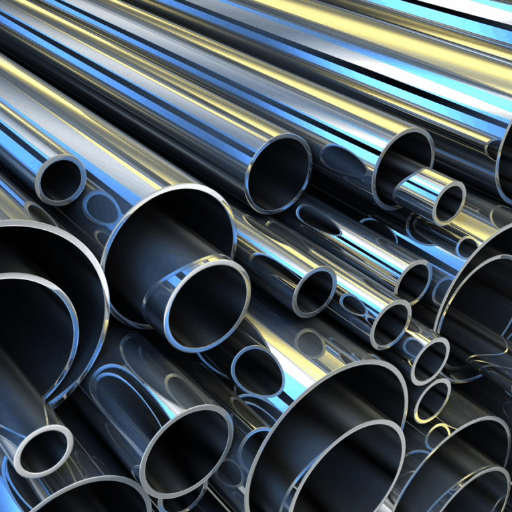
In austenitic stainless steels, the most appreciable constituents are iron, chromium, and nickel. This composition balances well, offering excellent corrosion resistance, great ductility, and excellent formability. Its crystal structure is a face-centered cubic arrangement that remains stable over vast temperature ranges. Having tensile strength and a nonmagnetic nature, the uses of austenitic stainless steel must include equipment for chemical processing, kitchenware, and medical instruments. These make it the most versatile and widely used stainless steel type within industries and commercial use.
Characteristics of Austenitic Stainless Steel
- Corrosion Resistance
Austenitic stainless steels offer spectacular resistance to all forms of corrosion, especially under oxidizing and reducing conditions. Chromium content of the order between 16% and 26% reacts with the atmosphere to form a passive oxide layer on the surface, which protects the steel from rust and degradation.
- High Tensile Strength
It has very high tensile strength-normally at least 515 MPa (75 ksi). Variations are due to differences in particular alloys. This gives the steel the ability to resist mechanical stresses without deformation.
- Excellent Weldability
Thanks to its low carbon concentration, austenitic stainless steel can be welded very well, with very limited risk of carbide precipitation.
- Non-Magnetic Nature
Due to an FCC crystal structure, it is predominantly non-magnetic. Although, slight magnetism may arise, post cold-work or deformation, albeit negligible.
- Enhanced Ductility and Formability
This relatively ductile material can be bent and formed or deep drawn without cracking. Plastically deforming it suits manufacturing products with complex shapes like certain parts used in automobile manufacture and kitchen sinks.
Some of the very intricate qualities listed above demonstrate the materials’ adaptability and performance when used in demanding industrial, architectural, and consumer applications.
Applications of Austenitic Stainless Steel
- Construction and Architecture
Austenitic stainless steel has grown to be one of the widely accepted materials for construction, especially when the structure is subjected to severe environmental conditions. For facades, roofing, bridges, and coastal infrastructures (according to regional standards-based climatic conditions), it is preferred because it can resist corrosion brought about by saltwater and atmospheric pollutants. For example, grades like 316 carry out heavy-duty applications in marine environments with greater chloride concentration levels.
- Automotive Industry
This material is favored in industrial areas where strength, ductility, and endurance at high temperatures are required; automobile-based exhaust systems, fuel tanks, and decorative trims are among some of the marketed specialties. Grade 304 finds use mainly in catalytic converter components, while Grade 321 is the choice for high-temperature exhaust components.
- Medical and Pharmaceutical Equipment
The non-existence of any reaction on the surface and the ease of sterilization make austenitic stainless steel vital for medical instruments, surgical instruments, and implantable devices. Furthermore, they are used for pharmaceutical manufacturing, installation of pipelines, tanks, and valves for contamination-free production.
- Food and Beverage Industry
Food processing equipment, such as tanks, mixers, and piping for food grade, would appreciate corrosion resistance and furthermore non-toxicity as quite an advantage imparted by an austenitic grade of stainless steel. They are particularly good in handling acidic food products and food-grade requirements. Grades 304 and 316 are the most common of this category under such specifications.)
- Chemical Processing Plants
Grades such as 316 and 316L are the most useful varieties in chemical industries as they undergo chemical corrosion resistance and performance at low and high-temperature conditions. These are meant for reaction, heat exchange, and storage tanks for aggressive chemicals such as sulphuric acid and chlorides.
All of these applications truly assert the capabilities and possibilities of austenitic stainless steel to make it the popular material over various industries and consumer-oriented domains.
Why Choose Austenitic Stainless?
Being selected probably more than any other stainless steel category, owing to its unmatched durability and corrosion resistance imparted by higher levels of chromium and nickel, austenitic stainless steel also possesses a high strength-to-weight ratio that guarantees achievement of full effective mechanical strength even when subjected to stresses in real-world usage and under abnormal conditions. Superior welding properties and attractive machinability allow the transformation of raw materials into units at low costs, therefore offering great economy for various industrial, construction, and consumer applications. Excellent oxidation resistance at elevated temperatures is exhibited by 304 and 316L grades, making reliable performance possible under highly demanding environmental conditions like chemical processing plants, food production plants, and marine applications.
One of the interesting, extraordinary features of austenitic stainless steels is the maintenance of structural integrity in cryogenic and elevated temperature atmospheres, usually ranging between -200°C and beyond 800°C. Nonmagnetic properties in the annealed condition and impeccably clean conditions meet the exacting needs in aerospace, medical, and semiconductor industries. There have been recent developments in alloying technology that enhance several properties such as PREN (Pitting Resistance Equivalent Number), thereby greatly improving resistance to localized corrosion, further cementing the position of austenitic stainless steel as a top-grade material for the challenges of contemporary engineering.
What is Martensitic Stainless Steel?
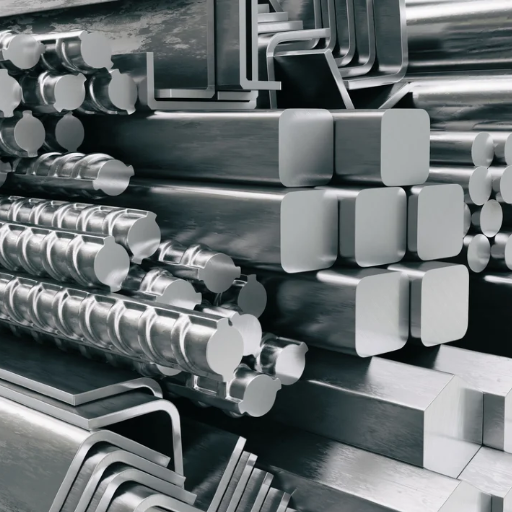
Properties of Martensitic Stainless Steel
- Hardness and Strength
-
- Martensitic stainless steels are almost always hard and tensile in nature. Quenching and tempering further augment these properties.
- Depending upon the grade and heat-treatment, the tensile strength may range from 500 MPa to over 1500 MPa.
- Hardness by Rockwell scale varies anywhere between 20 and 60+ HRC, promoting performance in heavily wear-enducing conditions.
- Corrosion Resistance
-
- They rank second in corrosion resistance, having only a mild degree.
- The chromium ranges from 11% to 18%, which gives it only an adequate amount of resistance to oxidation and mild corrosion.
- They may be made more resistant to corrosion by passivation, but this should be avoided in chloride-rich environments.
- Machinability
-
- Machining of stainless steels can be improved slightly in annealed conditions.
- The addition of sulfur or the choice of a free machining type, such as 416 stainless steel, aids in increasing its machinability index.
- Wear Resistance
-
- Due to their hard nature, martensitic steels serve well against wear and abrasion.
- This property renders them ideal for making cutting tools, knife blades, and parts of industrial machinery subjected to friction.
- Thermal Conductivity
-
- Compared to carbon steels, martensitic stainless steels have slightly lower thermal conductivity, but it is greater than that in austenitic grades.
- Thermal conductivities widely vary between 15 and 25 W/m·K with alterations in alloying elements.
Combining these properties in different proportions and percentages, the martensitic stainless steels find application in some industries where strength, wear resistance, moderate corrosion resistance, and performance longevity are primary selection criteria.
Applications of Martensitic Stainless Steel
- Cutlery and Kitchen Tools
Knife-making is traditionally one of the applications for martensitic stainless steel. Scissor blades and kitchen utensils also fall under its remit. With respect to precision crafting tools, martensitic stainless steel offers hardness coupled with the capability to retain an edge. For example, steels such as Type 420 are considered excellent for knife making because the grade in fact strikes a good balance between corrosion resistance and edge retention.
- Aerospace Components
Martensitic stainless steel, mostly Type 410 and Type 440C grades, due to its high strength-to-weight ratio, finds applications in aerospace engineering. High stress levels and moderate temperature conditions are rendered by this steel, which is used for engine components, fasteners, and landing gear parts. The tensile stresses are more than 655 MPa to ensure reliability in all critical applications of aerospace.
- Medical Instruments
Surgical and dental implements are realized mostly in martensitic stainless steels due to wear resistance and compatibility with sterilization; hence, well-known grades 420, 440A for making a pair of scissors and forceps, embroidery precision, and hygiene without compromising corrosion resistance vital in repeated exposures to sterilizing solutions.
- Industrial Pumps and Valves
Advantages of Using Martensitic Steel
- High Tensile Strength
Martensitic stainless steels can usually be heat-treated to tensile strengths in excess of 600 MPa and, in some advanced heat treatment grades studied, are capable of exceeding 1200 MPa. With a large strength-to-weight ratio, these are used for structural components that require toughness without bulk.
- Excellent Wear Resistance
Due to the hard martensitic microstructure of the steel is an excellent wear-resisting material, especially in conditions involving friction or repeated mechanical contact. It exists for applications in the manufacture of tools, bearings, and other high-performance mechanical components.
- Moderate Corrosion Resistance
Compared to the upper resistance to corrosion of austenitic grades, martensitic stainless steels offer moderate resistance in sufficiently corrosive environments, such as those mildly acidic or alkaline in nature. This peculiar set of attributes renders them capable for assignment in grades of turbine blades or medical instruments.
- Customizable Mechanical Properties
What is the Difference Between Austenitic and Martensitic Stainless Steel?
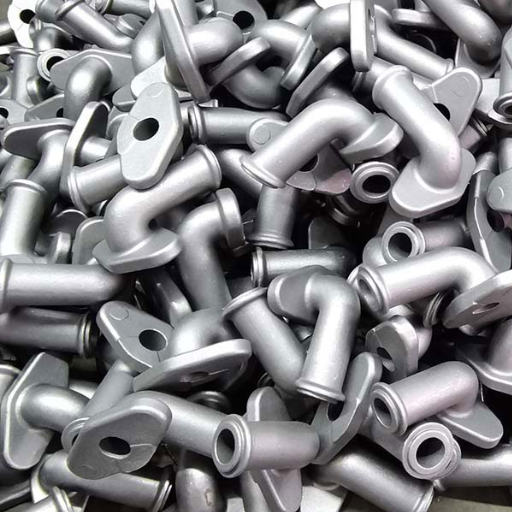
Main compositional and crystallographic differences between austenitic and martensitic stainless steels are their nature and mechanical properties. Austenitic stainless steels contain higher chromium and nickel concentrations, imparting excellent corrosion resistance and attractive ductility to it. The feel is a non-magnetic nature, and in situations where severe forming and resistance to hostile environments are required, such as food and marine, they find their usage.
Lower in nickel and with high carbon, the martensitic stainless steels are made by heat treatment for very high hardness and strength. The grit-associated hardness prevents them from forming points. They are magnetic and wear-resistant, with high strength in cutting tools, turbines, and medical instruments, which are the usual applications.
Compare the Differences: Austenite vs Martensite
|
Key Point |
Austenite |
Martensite |
|---|---|---|
|
Crystal Structure |
Face-centered cubic (FCC) |
Body-centered tetragonal (BCT) |
|
Magnetic Properties |
Non-magnetic |
Magnetic |
|
Carbon Content |
Low |
High |
|
Nickel Content |
High |
Low |
|
Hardness |
Relatively low |
High (via heat treatment) |
|
Ductility |
High |
Low |
|
Corrosion Resistance |
Excellent |
Moderate to low |
|
Heat Treatment Requirements |
Not required |
Required for hardness |
|
Common Applications |
Food processing, marine environments |
Cutting tools, turbines, medical instruments |
|
Toughness at Low Temperatures |
High |
Low |
Mechanical Properties: Hardness and Toughness
Hardness and toughness are two mechanical properties that are very crucial in determining the suitability of materials for various applications. In movies, hardness is a measure of resistance to deformation, especially surface deformation, due to indentation or abrasion. Toughness is, therefore, the ability to absorb energy and plastically deform prior to fracturing. Hardness and toughness are often contradictory properties; with hardness, a material tends to be less tough, like martensitic stainless steel being hard but brittle after heat treatment. On the other hand, we have austenitic stainless steel, which has high ductility and toughness, but comparatively lesser hardness.
Hardness is usually measured by industrial standards such as Brinell, Rockwell, or Vickers tests, whereas Charpy or Izod impact tests mostly determine toughness. Heat treatment processes can be optimized to achieve a balance between the two, hence adjusting the properties for applications depending on high precision. For example, hardened alloys in cutting tools usually require a high degree of hardness for wear resistance but need consideration to endure workable stresses without submission to sudden failure.
How Does Heat Treatment Affect Austenitic and Martensitic Stainless Steel?
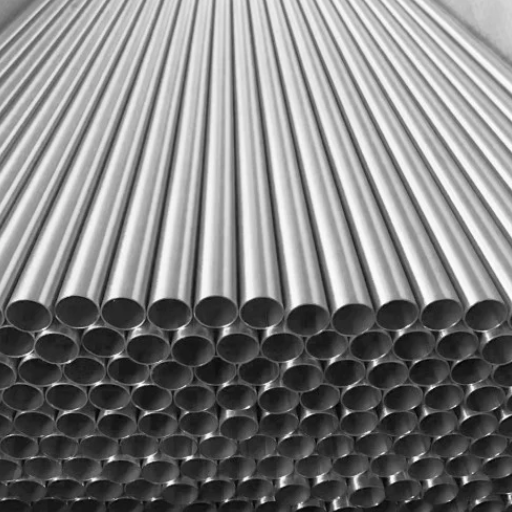
- Austenitic Stainless Steel: This type is generally not hardenable by heat treatment. Annealing is an often heat treatment applied to austenitic stainless steel, which acts to relieve stress, restore ductility confronted decline in corrosion resistance. Quenching or rapid cooling may not increase hardness; the process is adhered to after annealing to stop carbide precipitations and hence enhance resistance to intergranular corrosion.
- Martensitic Stainless Steel: Martensitic steel is hardenable by heat treatments owing to its BCT nature; heating between about 950°C and above results in transformation of the microstructure to austenite, which upon quenching leads to formation of hard and strong martensite. Tempering then enables some level of modification of toughness and therefore brittleness to suit the purpose in consideration.
The Role of Quenching in Martensitic Stainless Steel
Quenching is one of the most important steps in the heat treatment process of martensitic stainless steels, during which the mechanical characteristics and overall performance of the structure are determined. During quenching, in essence, the alloy is brought from elevated temperature conditions to intermediate or low temperatures very rapidly. This rapid drop in temperature helps prevent the diffusion processes and encloses the brilliant martensitic structure created at a higher temperature from austenite; hence, quenching would be great as a term. During rapid cooling, the developer needs to create a balance to keep thermal stresses and warping at the lowest possible stage, for they may cause serious damage to the composition.
Recent investigations emphasize that strict control during quenching cooling is critical to hinder the formation of undesirable phases, such as retained austenite, which decreases the hardness and wear resistance. Modern developments in quenching methods—such as those with polymer-based media—ensure control for uniform cooling, thus minimizing microcrack evolution and increasing the product’s reliability. This gives rise to the synthesis of martensitic stainless steels that satisfy the increased hardness, tensile strength, and durability required for tough engineering applications.
Heat Treatment Processes for Austenitic Stainless
Principal non-magnetic austenitic stainless steel grade is characterized by excellent corrosion resistance with superior formability. Heat treatment practices for the stainless steels are fundamentally different from those for martensitic or ferritic grades as these stainless steels cannot be hardened through conventional quenching and tempering processes. Acidic solution annealing is used for the modification of their microstructure and mechanical properties.
What are the Typical Applications of Austenitic and Martensitic Stainless Steel?
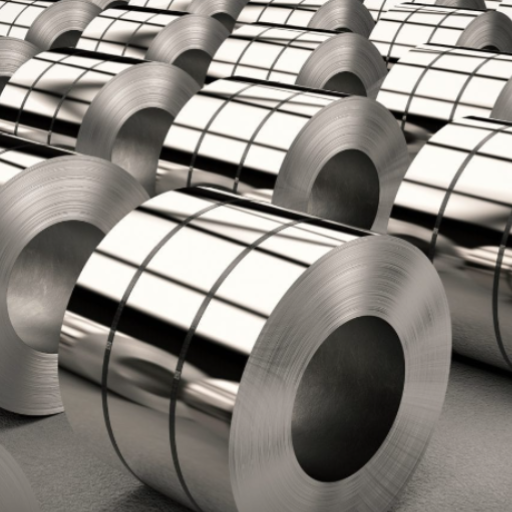
Basic corrosion resistance, high ductility, and ease of fabrication make the best of it for use in various processes. Commonly, applications include kitchenware, food processing equipment, medical instruments, and chemical tanks. Due to its extreme resistance to several environments, it accounts for industrial and domestic applications alike.
Industries Utilizing Austenitic Stainless
Because of exceptional corrosion resistance, in addition to being highly versatile and possessing good mechanical properties, austenitic stainless steel enjoys characterization as a highly appraised material in practically every industry. The food and beverage industry is heavily dependent on stainless steel for use in food processing equipment, piping systems, and storage tanks since the surface of this material is non-reactive, thereby ensuring product safety and precluding contamination. Another use includes austenitic stainless steel in the chemical and petrochemical industries, where they are applied in areas such as reactors, heat exchangers, and distillation columns, which are often exposed to corrosive substances.
It also provides the construction industry with aesthetic qualities and durability, which are used in architectural components such as facade claddings and roofing, among others. It finds use in operating instruments, medical implants, and sterilizing equipment in the medical and pharmaceutical realm, which supports repeated sterilization without deteriorating. Besides, its high-performance ability makes it the core of all marine-related undertakings like shipbuilding, desalination plants, and underwater pipeline laying.
How to Choose the Right Type of Stainless Steel for Your Project?
Reference Sources
-
Deformation-induced martensite in austenitic stainless steels: A review
This paper reviews deformation-induced martensitic transformation in austenitic stainless steels, including methods for measuring martensite. -
A constitutive model for analyzing martensite formation in austenitic steels deforming at high strain rates
Focuses on martensite transformation at high strain rates and its implications for stainless steel demand. -
Experimental investigation on martensitic transformation and fracture morphologies of austenitic stainless steel
Explores martensitic transformation as a function of strain and its impact on fracture morphologies.
Frequently Asked Questions (FAQs)
Q: What is the main difference between austenitic and martensitic stainless steel?
A: The main difference between austenitic and martensitic stainless steel lies in their crystalline structures. Austenitic stainless steel has a face-centered cubic (FCC) structure, while martensitic stainless steel has a body-centered tetragonal (BCT) structure, which gives it different physical properties such as hardness and ductility.
Q: What are the applications of austenitic stainless steel?
A: Austenitic stainless steel is often used in various applications due to its excellent corrosion resistance and formability. Common uses include kitchen equipment, piping, and architectural structures, particularly in the 300 series stainless steel varieties.
Q: What is martensitic stainless steel often used for?
A: Martensitic stainless steel is often used for applications requiring high strength and moderate corrosion resistance. This includes tools, knives, and other cutting instruments, typically found in the 400 series stainless steel.
Q: How does ferritic stainless steel compare to austenitic and martensitic stainless steel?
A: Ferritic stainless steel, which contains a body-centered cubic (BCC) structure, generally has lower corrosion resistance compared to austenitic and martensitic types. It is primarily used in automotive and industrial applications where high strength and good weldability are required.
Q: What is the significance of the 300 and 400 series stainless steel?
A: The 300 series stainless steel, which includes austenitic types, is known for its excellent corrosion resistance and workability, while the 400 series includes martensitic and ferritic types, known for their strength and hardness. The series designation helps identify the specific properties and applications of different types of stainless steel.
Q: Can austenitic and martensitic stainless steel be welded together?
A: Yes, welding austenitic and martensitic stainless steel is possible, but it requires careful consideration of the welding process to manage the different thermal expansion rates and avoid issues such as cracking due to the martensitic structure.
Q: What challenges are associated with welding austenitic and martensitic stainless steel?
A: The challenges associated with welding austenitic and martensitic stainless steel include the potential for distortion and cracking during the cooling phase. Proper preheating and post-weld heat treatment may be necessary to mitigate these issues.
Q: What are the physical properties of martensitic stainless steel?
A: Martensitic stainless steel typically exhibits high hardness and strength due to its martensitic structure. However, it may have lower corrosion resistance compared to its austenitic counterparts, making it more suitable for specific applications like cutting tools.
Q: How does the austenitic structure affect the properties of stainless steel?
A: The austenitic structure of stainless steel contributes to its excellent ductility, toughness, and resistance to corrosion. This structure is stable even at varying temperatures, making austenitic stainless steel highly versatile for many applications.
Q: What is the high-temperature phase of plain steel and how does it relate to stainless steel?
A: The high-temperature phase of plain steel refers to the austenitic phase, which can also be found in austenitic stainless steel. This phase allows for improved mechanical properties at elevated temperatures, making it suitable for high-temperature applications.

